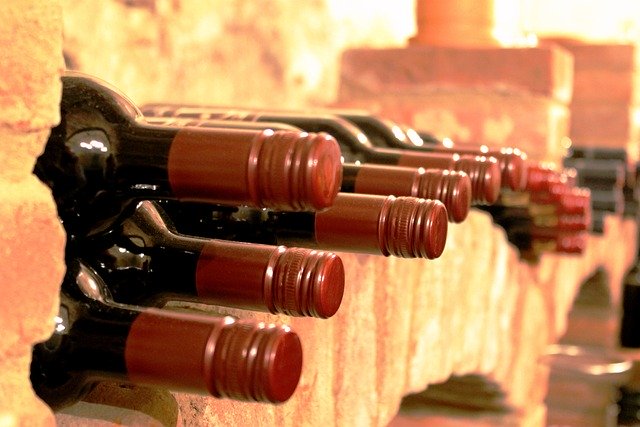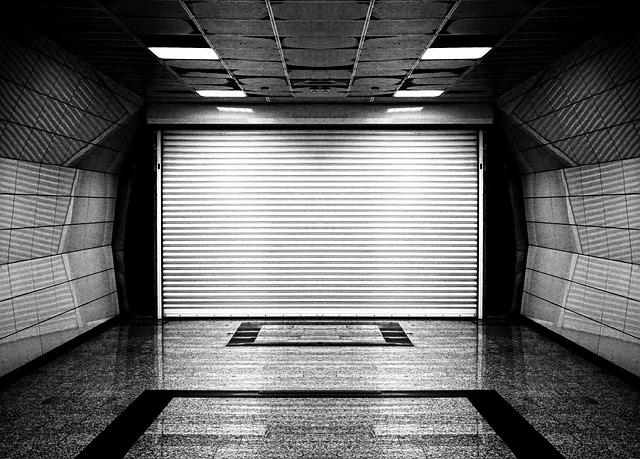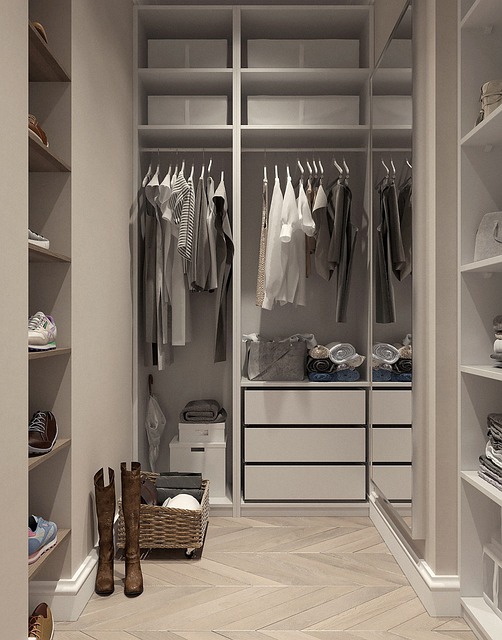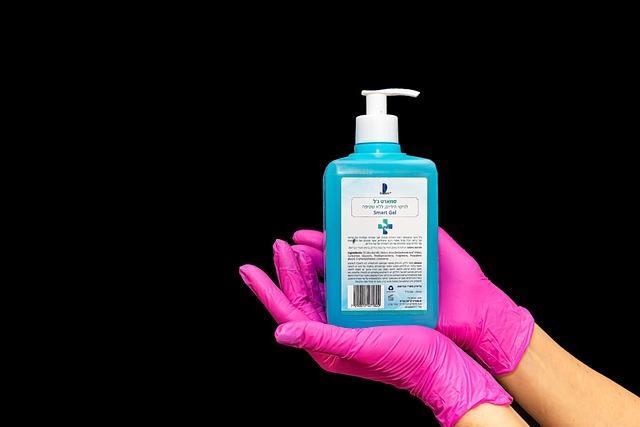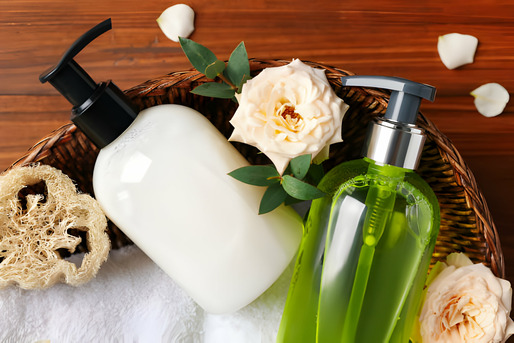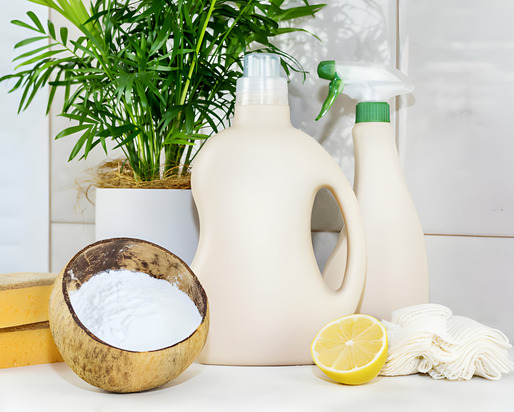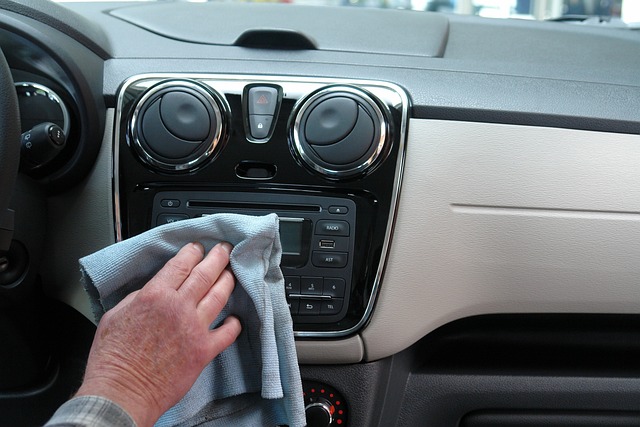Picture this: a cozy cellar tucked away from the clinks of glasses and the hum of patrons, where rows of wine bottles stand like soldiers, patiently aging and evolving. Commercial wine cellars are not just storage spaces; they are the custodians of liquid artistry, each bottle telling a story of terroir, craftsmanship, and time. The cleanliness of this haven is not a mundane chore; it’s a symphony conductor ensuring that every note—every flavor—resonates in perfect harmony. We’re about to uncork the secrets of how a well-maintained cellar doesn’t just store wine; it elevates it, allowing each bottle to express its full potential.
Wine is more than a beverage; it’s a journey captured in a bottle. Commercial wine cellars, akin to museums, house liquid masterpieces that deserve the utmost care. Beyond the dusting and wiping, the act of cleaning is a pledge to preserve the liquid elegance within those dark-green glass confines. As we traverse through the specifics of cleaning procedures, you’ll discover that it’s not just about maintaining cleanliness—it’s about safeguarding against the silent threats that could taint the very soul of your precious wines. From the brush strokes on wine racks to the delicate handling of labels, each step is a nod to the preservation of liquid heritage.
See also our post on How to Clean and Sanitize Commercial Water Coolers
The Essence of Wine Cellar Cleaning
1. Preserving the Purity of Flavor
The primary goal of wine cellar cleaning is to preserve the purity of flavor in each bottle. Dust, mold, and contaminants can compromise the integrity of the wine, altering its taste and aroma. Regular cleaning ensures that your wines continue to evolve in an environment that enhances, rather than detracts from, their distinctive qualities.
2. Mitigating the Risk of Contamination
Wine, being a sensitive elixir, can easily fall victim to contamination. Commercial wine cellars are susceptible to mold, pests, and fluctuating temperatures. Proper cleaning protocols act as a shield, protecting your investment and ensuring that each bottle retains its original character.
3. Enhancing Aesthetics and Presentation
Beyond functionality, a clean wine cellar is a visually appealing showcase for your wine collection. Whether you own a restaurant, a winery, or any establishment with a wine cellar, the presentation of your wines contributes to a captivating ambiance. Cleanliness is an integral aspect of elevating the aesthetics and allure of your commercial wine storage.
Tools and Materials for Wine Cellar Cleaning
1. Soft Bristle Brush
A soft bristle brush is gentle yet effective for removing dust and cobwebs from wine racks and bottles. It reaches into crevices without scratching or damaging delicate labels.
2. Mild Detergent
Choose a mild, unscented detergent for cleaning surfaces. Harsh chemicals can leave residues that may affect the taste and aroma of the wines.
3. Microfiber Cloths
Microfiber cloths are ideal for wiping down surfaces and drying bottles. They are lint-free and won’t leave fibers behind, ensuring a pristine appearance.
4. Wine Cellar-Safe Disinfectant
Select a disinfectant specifically designed for wine cellars. Ensure it is safe for contact with wine bottles and won’t impart any odors or flavors to the stored wines.
5. Wine Cellar Cooling System Cleaner
For cellars equipped with cooling systems, use a specialized cleaner to maintain the efficiency and cleanliness of the equipment. Follow manufacturer recommendations for application.
See also our post on Commercial Cleaning Services: What You Need to Know
Cleaning Procedures for Commercial Wine Cellars
1. Emptying and Organizing
Remove Bottles and Organize
Start by removing all bottles from the wine racks. Organize them in a designated area to facilitate cleaning and ensure that no bottle is overlooked.
Inspect for Damaged Bottles
While organizing, inspect each bottle for any signs of damage or leaks. Remove any compromised bottles to prevent contamination of the entire cellar.
2. Dusting Wine Racks
Use Soft Bristle Brush
Gently brush the wine racks with a soft bristle brush to remove dust and cobwebs. Pay attention to corners and crevices where dust tends to accumulate.
Inspect for Mold
While dusting, keep an eye out for any signs of mold. If mold is present, address it promptly using a wine cellar-safe disinfectant.
3. Cleaning Wine Bottles
Wipe Bottles with Damp Cloth
Dampen a microfiber cloth with a mild detergent solution and wipe down each wine bottle. Ensure thorough coverage, including the base and neck.
Inspect and Clean Labels
Inspect wine labels for any stains or residue. Carefully clean labels using a soft cloth and mild detergent, avoiding excessive moisture that could damage the paper.
4. Sanitizing Surfaces
Apply Wine Cellar-Safe Disinfectant
Using a wine cellar-safe disinfectant, sanitize all surfaces, including wine racks, shelves, and flooring. Follow the product instructions for proper application.
Allow Proper Drying Time
Ensure that all surfaces are thoroughly dry before returning the wine bottles to the cellar. This prevents any residual moisture from affecting the labels or the wines.
See also our post on The Ultimate Guide to Commercial Kitchen Cleaning
Wine Preservation Techniques
1. Maintaining Consistent Temperature
Ideal Wine Storage Temperature
Keep the wine cellar at a consistent temperature, ideally between 50°F and 59°F (10°C to 15°C). Fluctuations in temperature can affect the aging process and flavor profile of the wines.
Humidity Control
Maintain humidity levels between 60% and 70% to prevent corks from drying out. Dry corks can lead to oxidation, compromising the quality of the wine.
2. Proper Wine Bottle Storage
Horizontal Bottle Storage
Store wine bottles horizontally to keep the cork moist and in contact with the wine. This prevents air from entering the bottle and preserves the integrity of the wine.
Avoiding Vibrations
Minimize vibrations in the cellar, as they can disturb sediment in older wines and affect the aging process. Place wine racks on stable surfaces to reduce vibrations.
3. Light Control
Low-Light Environment
Keep the wine cellar in a low-light environment, as excessive light exposure can lead to the degradation of wine flavors and the premature aging of certain varieties.
UV Protection
If the cellar has windows, consider UV-filtering window films or curtains to protect wines from harmful UV rays that can negatively impact the aging process.
See also our related on How to Clean and Maintain Your Home’s Windows: Tips and Tricks
Regular Maintenance and Monitoring
1. Periodic Inspections
Monthly Checkups
Perform monthly inspections of the wine cellar, checking for any signs of mold, leaks, or unusual odors. Address issues promptly to prevent escalation.
Record Keeping
Maintain a record of wine inventory, including purchase dates and expected maturity. This aids in monitoring each bottle’s aging process and identifying optimal consumption times.
2. Wine Rotation
Rotate Older Wines to the Front
Regularly rotate wine bottles to ensure that older vintages are easily accessible. This practice encourages proper inventory management and prevents the accidental neglect of valuable bottles.
Check for Cork Integrity
While rotating bottles, inspect the corks for any signs of damage or deterioration. Replace compromised corks to maintain the seal and prevent oxidation.
Troubleshooting Common Issues
1. Musty Odors in the Cellar
Identify and Remove Mold
Musty odors are often a result of mold growth. Identify and address any mold-infested areas promptly. Clean surfaces and ensure proper ventilation.
Use Odor Absorbers
Place odor-absorbing materials, such as baking soda or activated charcoal, in the cellar to neutralize any lingering musty smells.
2. Fluctuations in Temperature
Check Cooling System
If temperature fluctuations occur, check the wine cellar’s cooling system for malfunctions. Consult with a professional if necessary to ensure optimal performance.
Insulate the Cellar
Improve insulation to minimize temperature variations. Proper insulation helps the cooling system maintain a consistent temperature.
Here is our post on The Importance of Proper Cleaning in the Hospitality Industry
Conclusion
The art of Commercial Wine Cellar Cleaning is not merely about maintaining a tidy space but ensuring the longevity and excellence of each bottle it houses. From the meticulous cleaning procedures to the subtleties of wine preservation, every aspect contributes to the symphony of flavors that defines a remarkable wine collection.
In the world of fine wines, where time is as crucial as terroir, a well-maintained cellar is not merely a storage space. It’s a time capsule, safeguarding liquid history, and we’ve been the custodians, ensuring that each bottle emerges from its resting place with grace and flavor intact. So, here’s to the diligent brush strokes, the gentle handling of labels, and the meticulous dance with temperature and humidity—an ode to the unsung heroes of wine cellars everywhere.
As we step away from this journey, let’s carry with us not just the knowledge of proper cleaning techniques but a renewed appreciation for the magic that happens behind those cellar doors. May your cellars remain pristine, your bottles age like fine poetry, and each pour be a celebration of timeless elegance. Cheers to the artistry of Commercial Wine Cellar Cleaning and the enduring legacy of every bottle it cradles. Until the next uncorking, may your glasses be forever filled with the richness of well-preserved wines. Cheers!





